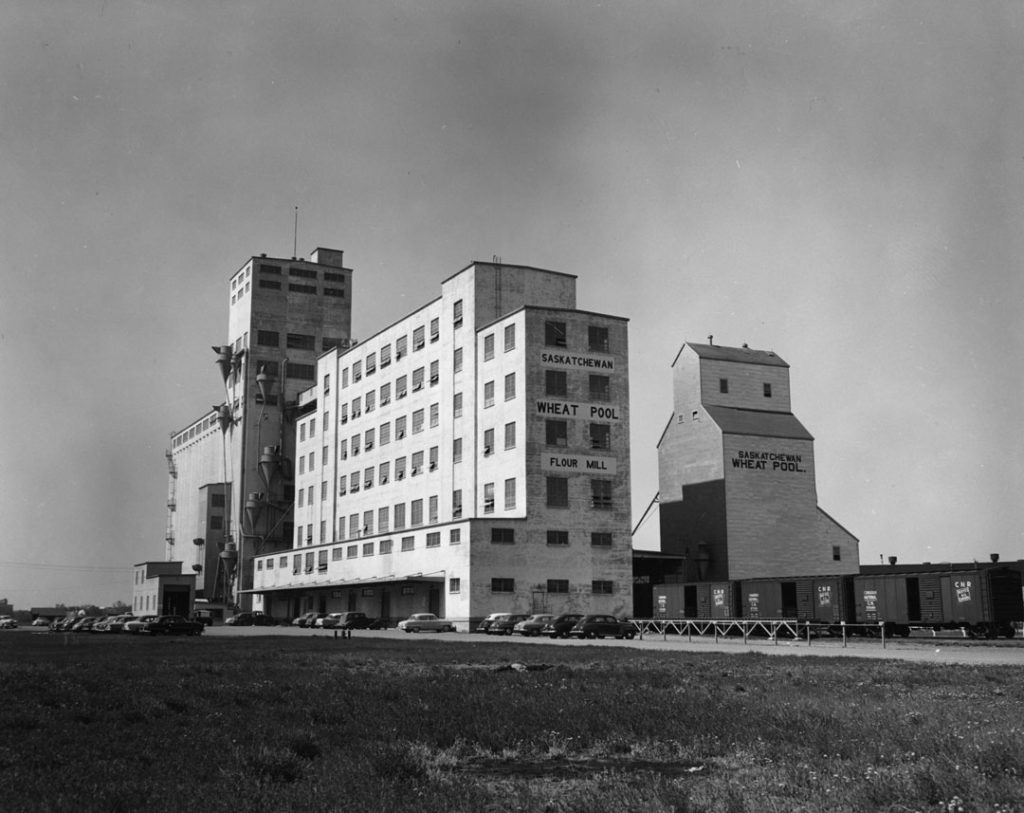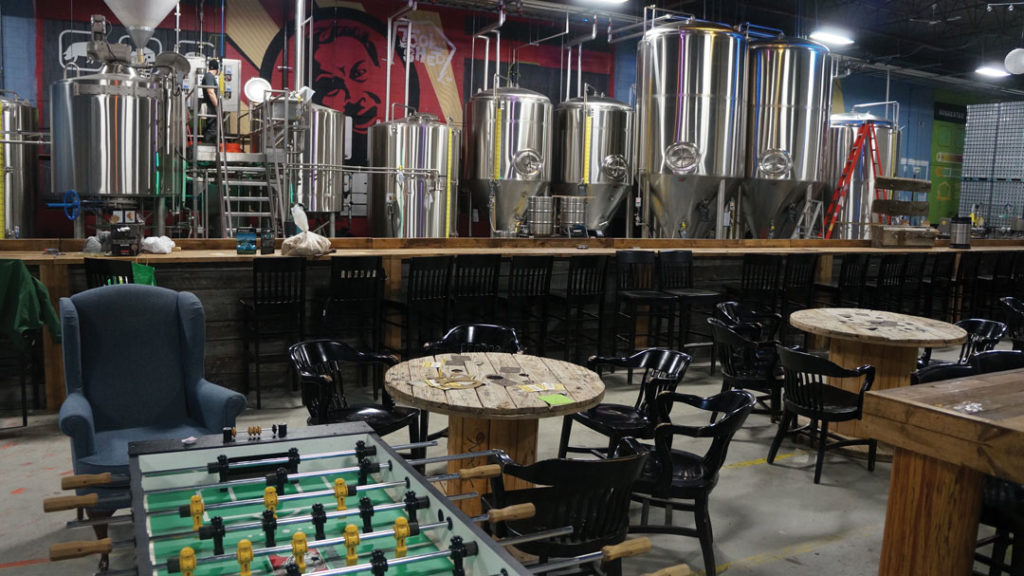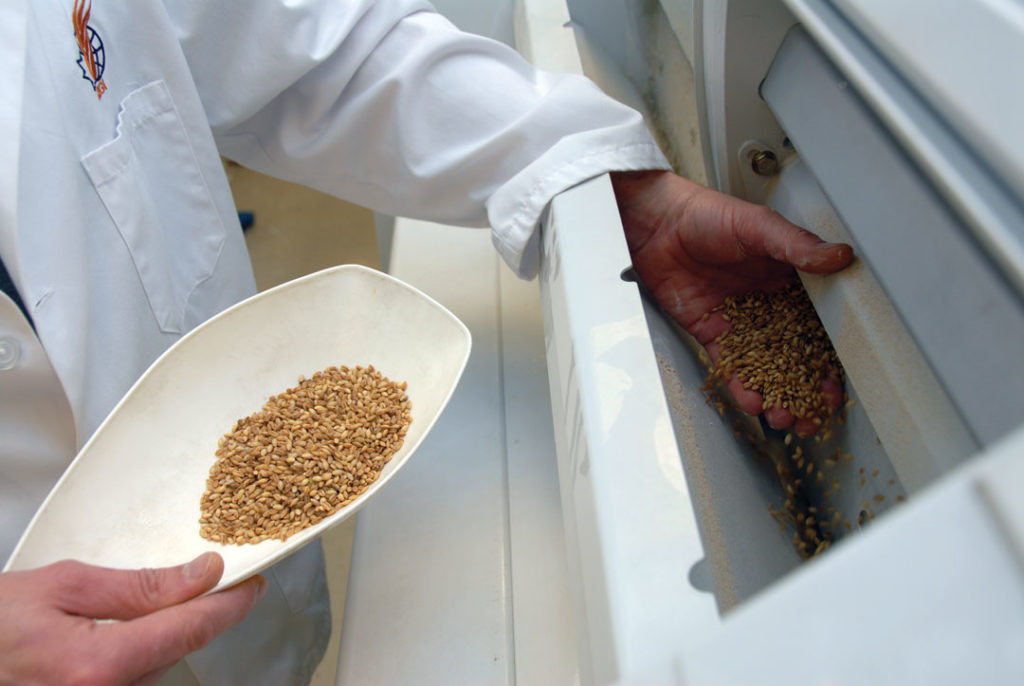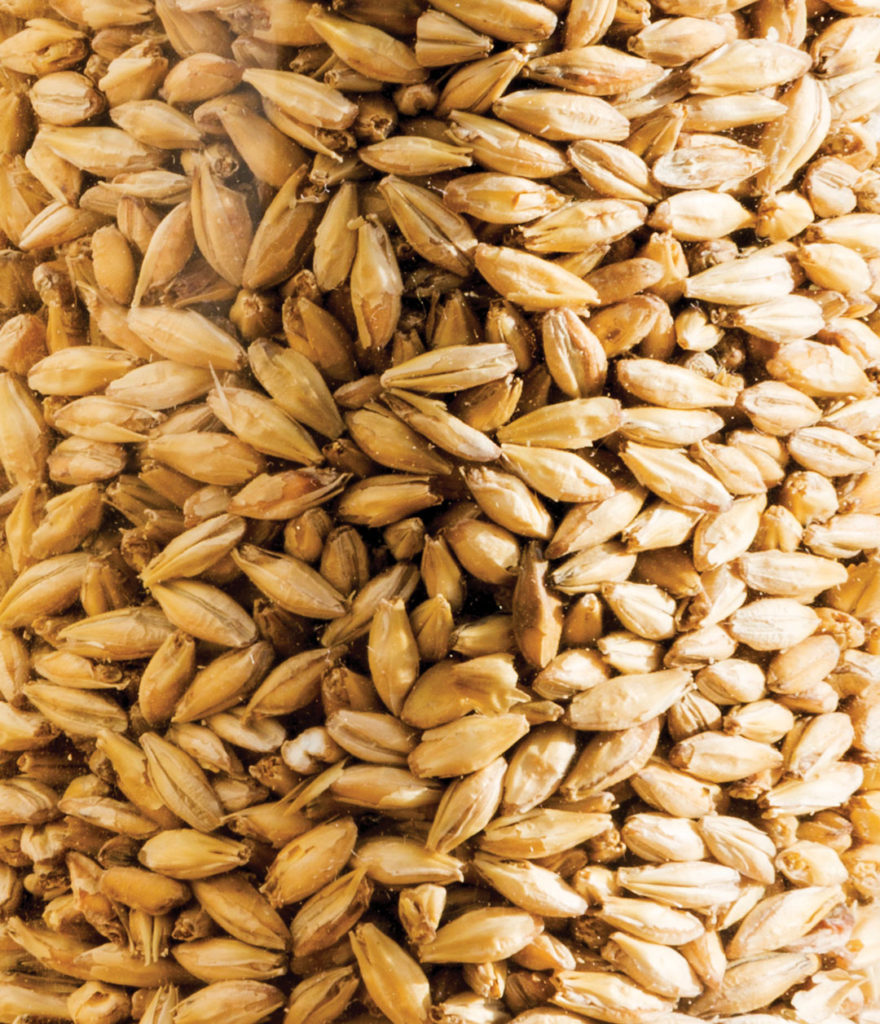CO-OPPORTUNITY
Over the past century, we have seen the rise and subsequent fall of a western Canadian grain handling system run by co-operatives—its fall due in some measure to management mistakes.

Over the past century, we have seen the rise and subsequent fall of a western Canadian grain handling system run by co-operatives—its fall due in some measure to management mistakes.

When confronted with the question of who owns western Canadian farmland, the most obvious answer is farmers—and in the majority of cases, this is true. However, concerns have started to emerge about the impact of “outside” or “non-traditional” farmland ownership on farming communities and the agricultural industry as a whole.

A grain bin looms large over the tasting room at Tool Shed Brewing near Calgary’s city centre. After 125 years of storing grain at Antler Valley Farm near Red Deer, it stands as a tribute to malt barley and the farmers who grow it.

“Whatever you do, do it right, and for the right reasons, or don’t do it at all.”
It’s a lesson his dad taught him early and often, and one that has guided him throughout his working life.
Brent McBean has grown malt barley on his farm near Strathmore for decades. He is well aware of the variables and risks that factor into producing a successful end product—one that rewards him with a higher price than his feed barley.

“Riding shotgun” is a term that was coined during the days when stagecoaches were the fastest means of transportation across rural North America. If the cargo being carried was valuable, then a security person would be assigned to sit next to the driver with a shotgun and protect the stagecoach during its journey.

Large grain co-operatives in Western Canada began around the early 1900s, but had faded out by the early 2000s—the grain industry had become more competitive and co-operatives lacked the efficiency needed to compete with private firms.

Unlocking a new market opportunity for Canadian farmers, food processors and retailers isn’t a process that happens overnight. Turning the potential into reality can take months, even years, of carefully nurturing ideas, conducting tests and building value-chain relationships. However, it’s the hope of real results that keeps many of the players working towards the goal.

The Canadian Malting Barley Technical Centre (CMBTC) released its 2016-17 recommended varieties list and it looks eerily similar to last year’s— Copeland, Metcalfe and then all the rest.

A funny thing happens each day in downtown Winnipeg, high above the city’s bustling core. The staff of the Canadian International Grains Institute (Cigi), Western Canada’s premier grain evaluation facility, busily analyzes grain samples to determine quality and end-use functionality.